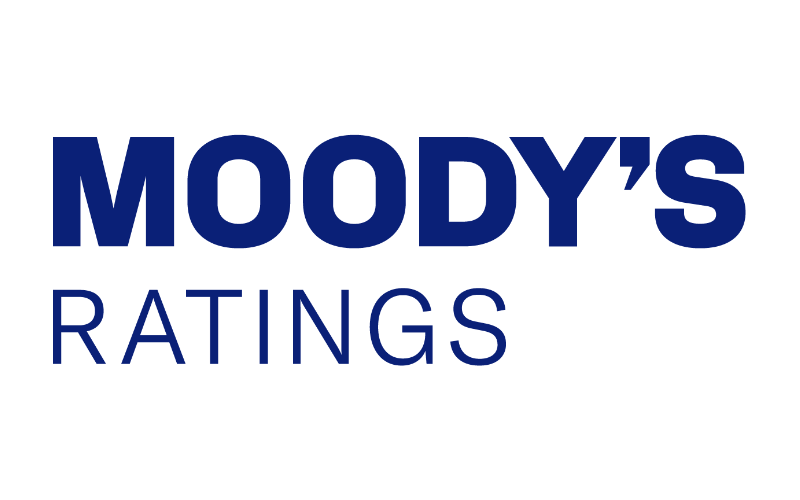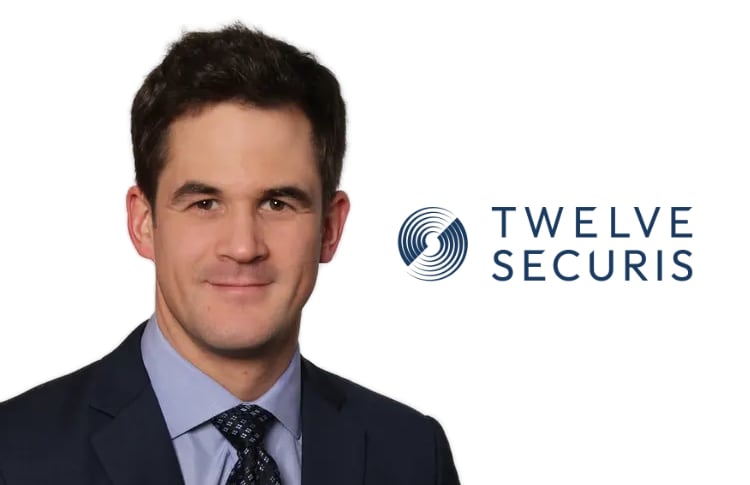
Underscoring the potential impacts of climate change across the insurance-linked securities (ILS) market, ILS specialists at global asset management group Schroders have suggested that ILS managers should recalibrate risk assessments to reflect the climate change that has already occurred, and not just long-term projections.In a recent commentary, authored by Mark Gibson, Senior Investment Director ILS, and Dr.Benjamin Hohermuth, Senior Nat Cat Specialist, Non-Life, both at Schroders, the pair highlight the growing disconnect between traditional catastrophe models and today’s climate reality, arguing that ILS portfolios must be constructed with a forward-looking view that captures both near-term variability and longer-term structural shifts in weather patterns.“As climate change continues to reshape the physical and financial world, investors in insurance-linked securities (ILS) are increasingly asking: how does a warming planet affect this asset class? The answer is nuanced.
While climate change is undeniably altering the frequency and severity of certain natural catastrophes, its impact on ILS performance is more complex,” the analysts wrote.While the financial instruments themselves typically run on short timeframes, most catastrophe bonds and collateralised reinsurance contracts span just one to three years, the underlying risks are increasingly shaped by long-term climate trends.This creates a “temporal mismatch” between how the risks are priced and how they evolve.
Gibson and Hohermuth acknowledge that while climate change does not yet dominate short-term ILS performance, they stress that “the slow but steady shift in baseline climate conditions… has already altered the risk landscape today.” Moreover, one of the clearest manifestations of this shift is the growing role of secondary perils, such as floods, wildfires, hailstorms, and tornadoes, in driving insured losses.Gibson and Hohermuth highlight how these perils are harder to model, occur more frequently, and tend to have more moderate severity compared to headline-grabbing peak perils like hurricanes and earthquakes.“The modelling of secondary perils remains generally less mature than for peak perils, such as hurricane and earthquake.
Therefore, we often employ proprietary modelling approaches to account for the frequency trend in these perils,” the authors added.Despite the rise of secondary perils, North Atlantic hurricanes remain the single largest risk for ILS investors.The authors point out that recent decades have seen significantly warmer Atlantic sea surface temperatures (SST), which has created more favourable conditions for rapid intensification and potentially a northward shift in hurricane tracks.
“Scientific consensus points towards an increase in intensity and associated rainfall rates in a warmer, wetter climate.However, trends in frequency diverge across different studies due to climate model resolution and parameterisation of convection and cloud processes,” Gibson and Hohermuth said.Adding: “While older, coarse resolution models often predicted a decrease in frequency, newer, high-resolution models generally indicate an increase, or no change in frequency.” A key issue that the pair showcase is that many catastrophe models rely on calibration periods going back to 1900, which may not reflect the modern climate regime.
“Catastrophe models reflect the risk of their calibration period,” they explain, which risks underestimating today’s landfall hazard.By comparing modelled and observed hurricane landfalls since 1980, the authors find that the long-term model view (based on historical averages) is notably lower than both the observed average over the current Atlantic Multidecadal Oscillation (AMO) warm phase and the average over the past 10 years.This suggests models may be materially underpricing risk.
However, the authors highlight one example of innovation that’s being seen within this space, Reask, a new climate risk data provider, which offers a model that “captures the long-term increase in landfall activity,” and allows for a more realistic, near-term forecast of hurricane risk.In terms of how ILS should investors respond, the authors suggest that they don’t overreact to headlines, but to integrate science into every layer of the investment process.This includes building internal models, licensing third-party datasets like Reask, and collaborating with institutions like ETH Zurich.
In closing, Gibson and Hohermuth noted: “Climate change is reshaping the risk landscape; thus, it is important to ensure that this is incorporated into risk modelling, pricing, and portfolio construction.“We believe that, with the right tools and insights, ILS will continue to offer attractive, diversifying returns.A warmer, wetter world will also provide new opportunities for ILS, as the demand for climate-related risk transfer will increase.”.
All of our Artemis Live insurance-linked securities (ILS), catastrophe bonds and reinsurance can be accessed online.Our can be subscribed to using the typical podcast services providers, including Apple, Google, Spotify and more.
Publisher: Artemis








